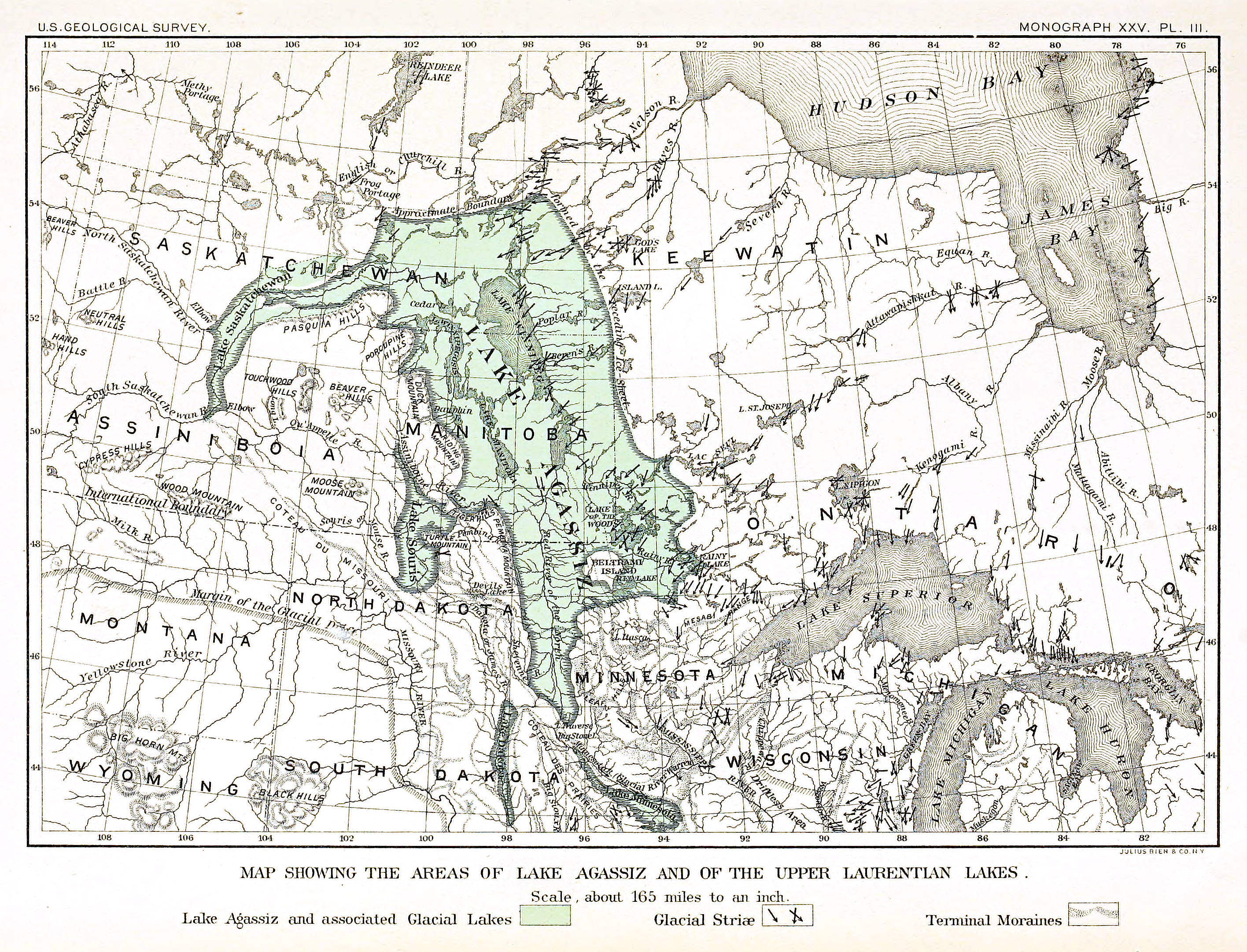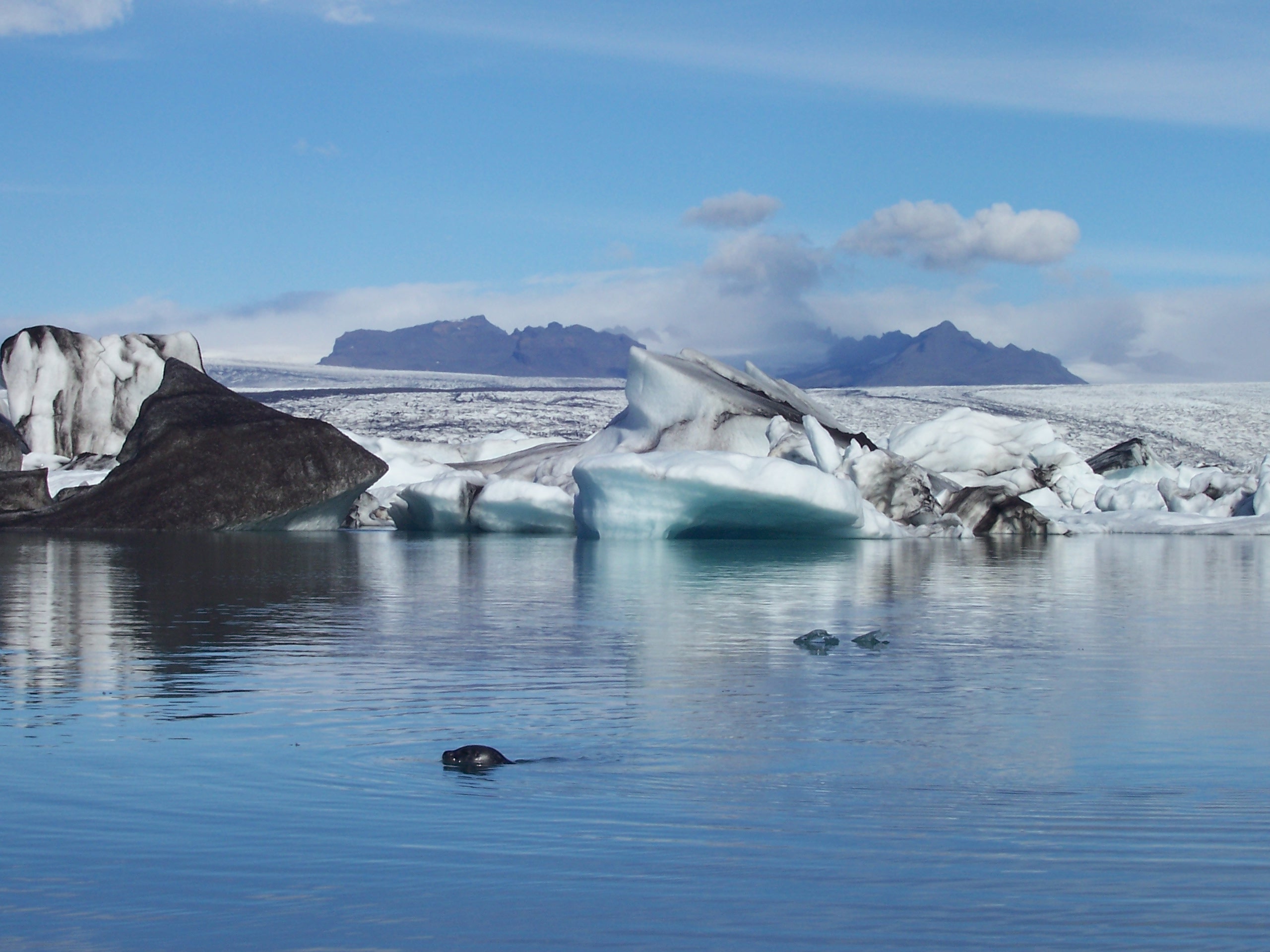|
Breiðárlón
Breiðárlón () is a glacial lake, glacier lake at the south end of the Icelandic glacier Vatnajökull. The glacier calving into the lagoon is a part of Vatnajökull National Park and the better known glacier lake Jökulsárlón is not far from there. From Breiðárlón a little river flows into the Fjallsárlón. See also *List of lakes of Iceland Glacial lakes Lakes of Iceland {{Iceland-geo-stub ... [...More Info...] [...Related Items...] OR: [Wikipedia] [Google] [Baidu] |
List Of Lakes Of Iceland
This is a list of lakes of Iceland (partially indicating surface, depth and volume). Iceland has over 20 lakes larger than 10 km² (4 sq mi), and at least 40 others varying between 2.5 and 10 km² (1 to 4 sq mi) in size. This list also includes a few smaller lakes and ponds that are considered notable (for example Tjörnin in Reykjavik). The figures for many of the smaller lakes are unreliable. Also, some larger lakes vary considerably in size between years or seasons or, for the reservoirs, according to the needs of power plants. Some power plant reservoirs may not be present despite being larger than listed lakes. Larger lakes (>10 km²) Smaller lakes (90 m (sensitive to climatic and geological change and was getting smaller - started recovering again in 2004) * Breiðárlón, 8 km² ? * Reyðarvatn, 8.3 km² * Hítarvatn, 7.6 km², 24 m * Miklavatn, 6.6 km², 23 m * Árneslón, 6.5 km², 116 * Sigríðarstaðavatn, 6.2 km² * Lax ... [...More Info...] [...Related Items...] OR: [Wikipedia] [Google] [Baidu] |
Fjallsárlón
Fjallsárlón () is a glacier lake at the south end of the Icelandic glacier Vatnajökull. ''Fjallsjökull'' which is part of the bigger glacier reaches down to the water of the lake and some ice-bergs are drifting by on its surface. The glacier calving into the lagoon is a part of Vatnajökull National Park and the better known glacier lake Jökulsárlón is not far from there. From the glacier lake Breiðárlón a little river flows into the Fjallsárlón. Above, there is looming the famous volcano Öræfajökull. At its shore, in the summertime, it is better to beware of the skúas, big seagulls which have their nests on the ground around the lake. See also *List of lakes of Iceland This is a list of lakes of Iceland (partially indicating surface, depth and volume). Iceland has over 20 lakes larger than 10 km² (4 sq mi), and at least 40 others varying between 2.5 and 10 km² (1 to 4 sq mi) in size. This list also in ... {{DEFAULTSORT:Fjallsarlon Lakes of Ic ... [...More Info...] [...Related Items...] OR: [Wikipedia] [Google] [Baidu] |
Glacier Lake
A glacial lake is a body of water with origins from glacier activity. They are formed when a glacier erodes the land and then melts, filling the depression created by the glacier. Formation Near the end of the last glacial period, roughly 10,000 years ago, glaciers began to retreat. A retreating glacier often left behind large deposits of ice in hollows between drumlins or hills. As the ice age ended, these melted to create lakes. This is apparent in the Lake District in Northwestern England where post-glacial sediments are normally between 4 and 6 metres deep. These lakes are often surrounded by drumlins, along with other evidence of the glacier such as moraines, eskers and erosional features such as striations and chatter marks. These lakes are clearly visible in aerial photos of landforms in regions that were glaciated during the last ice age. The formation and characteristics of glacial lakes vary between location and can be classified into glacial erosion lake, ice-blocke ... [...More Info...] [...Related Items...] OR: [Wikipedia] [Google] [Baidu] |
Glacial Lake
A glacial lake is a body of water with origins from glacier activity. They are formed when a glacier erodes the land and then melts, filling the depression created by the glacier. Formation Near the end of the last glacial period, roughly 10,000 years ago, glaciers began to retreat. A retreating glacier often left behind large deposits of ice in hollows between drumlins or hills. As the ice age ended, these melted to create lakes. This is apparent in the Lake District in Northwestern England where post-glacial sediments are normally between 4 and 6 metres deep. These lakes are often surrounded by drumlins, along with other evidence of the glacier such as moraines, eskers and erosional features such as striations and chatter marks. These lakes are clearly visible in aerial photos of landforms in regions that were glaciated during the last ice age. The formation and characteristics of glacial lakes vary between location and can be classified into glacial erosion lake, ice-bloc ... [...More Info...] [...Related Items...] OR: [Wikipedia] [Google] [Baidu] |
Iceland
Iceland ( is, Ísland; ) is a Nordic island country in the North Atlantic Ocean and in the Arctic Ocean. Iceland is the most sparsely populated country in Europe. Iceland's capital and largest city is Reykjavík, which (along with its surrounding areas) is home to over 65% of the population. Iceland is the biggest part of the Mid-Atlantic Ridge that rises above sea level, and its central volcanic plateau is erupting almost constantly. The interior consists of a plateau characterised by sand and lava fields, mountains, and glaciers, and many glacial rivers flow to the sea through the lowlands. Iceland is warmed by the Gulf Stream and has a temperate climate, despite a high latitude just outside the Arctic Circle. Its high latitude and marine influence keep summers chilly, and most of its islands have a polar climate. According to the ancient manuscript , the settlement of Iceland began in 874 AD when the Norwegian chieftain Ingólfr Arnarson became the first p ... [...More Info...] [...Related Items...] OR: [Wikipedia] [Google] [Baidu] |
Glacier
A glacier (; ) is a persistent body of dense ice that is constantly moving under its own weight. A glacier forms where the accumulation of snow exceeds its Ablation#Glaciology, ablation over many years, often Century, centuries. It acquires distinguishing features, such as Crevasse, crevasses and Serac, seracs, as it slowly flows and deforms under stresses induced by its weight. As it moves, it abrades rock and debris from its substrate to create landforms such as cirques, moraines, or fjords. Although a glacier may flow into a body of water, it forms only on land and is distinct from the much thinner sea ice and lake ice that form on the surface of bodies of water. On Earth, 99% of glacial ice is contained within vast ice sheets (also known as "continental glaciers") in the polar regions, but glaciers may be found in mountain ranges on every continent other than the Australian mainland, including Oceania's high-latitude oceanic island countries such as New Zealand. Between lati ... [...More Info...] [...Related Items...] OR: [Wikipedia] [Google] [Baidu] |
Vatnajökull
Vatnajökull ( Icelandic pronunciation: , literally "Glacier of Lakes"; sometimes translated as Vatna Glacier in English) is the largest and most voluminous ice cap in Iceland, and the second largest in area in Europe after the Severny Island ice cap of Novaya Zemlya. It is in the south-east of the island, covering approximately 8% of the country. Size With an area of 7,900 km2, Vatnajökull is the second largest ice cap in Europe by volume (about 3,000 km3) and area (after the still larger Severny Island ice cap of Novaya Zemlya, Russia, which is in the extreme northeast of Europe). On 7 June 2008, it became a part of the Vatnajökull National Park. The average thickness of the ice is , with a maximum thickness of . Iceland's highest peak, Hvannadalshnúkur (), as part of the Öræfajökull, is in the southern periphery of Vatnajökull, near Skaftafell. Volcanoes Under the ice cap, as under many of the glaciers of Iceland, there are several List of volcanoes in Ice ... [...More Info...] [...Related Items...] OR: [Wikipedia] [Google] [Baidu] |
Vatnajökull National Park
Vatnajökull National Park ( is, Vatnajökulsþjóðgarður ) is one of three national parks in Iceland. It encompasses all of Vatnajökull glacier and extensive surrounding areas. These include the national parks previously existing at Skaftafell in the southwest and Jökulsárgljúfur in the north. The unique qualities of Vatnajökull National Park are primarily its great variety of landscape features, created by the combined forces of rivers, glacial ice, and volcanic and geothermal activity. On 5 July 2019, Vatnajökull National Park was inscribed as a World Heritage Site. History Vatnajökull National Park was established on 7 June 2008. When established, the park covered an area of 12,000 km2, but with recent additions of Lakagígar, Langisjór, Krepputunga and Jökulsárlón (including its surrounding areas) it now covers 14,141 km2 or approximately 14% of Iceland, making it Europe's second largest national park in terms of area after Yugyd Va in Russia. ... [...More Info...] [...Related Items...] OR: [Wikipedia] [Google] [Baidu] |
Jökulsárlón
Jökulsárlón (; literally "glacial river lagoon") is a large glacial lake in southern part of Vatnajökull National Park, Iceland. Situated at the head of the Breiðamerkurjökull glacier, it developed into a lake after the glacier started receding from the edge of the Atlantic Ocean. The lake has grown since then at varying rates because of melting of the glaciers. It is now about away from the ocean's edge and covers an area of about . In 2009 it was reported to be the deepest lake in Iceland, at over , as glacial retreat extended its boundaries. The size of the lake has increased fourfold since the 1970s. The lake can be seen from Route 1 between Höfn and Skaftafell. It appears as "a ghostly procession of luminous blue icebergs". Jökulsárlón has been a setting for four Hollywood movies: ''A View to a Kill'', ''Die Another Day'', '' Lara Croft: Tomb Raider'', and ''Batman Begins'', as well as the reality TV series ''The Amazing Race''. In 1991, Iceland issued a postage ... [...More Info...] [...Related Items...] OR: [Wikipedia] [Google] [Baidu] |
Glacial Lakes
A glacial lake is a body of water with origins from glacier activity. They are formed when a glacier erodes the land and then melts, filling the depression created by the glacier. Formation Near the end of the last glacial period, roughly 10,000 years ago, glaciers began to retreat. A retreating glacier often left behind large deposits of ice in hollows between drumlins or hills. As the ice age ended, these melted to create lakes. This is apparent in the Lake District in Northwestern England where post-glacial sediments are normally between 4 and 6 metres deep. These lakes are often surrounded by drumlins, along with other evidence of the glacier such as moraines, eskers and erosional features such as striations and chatter marks. These lakes are clearly visible in aerial photos of landforms in regions that were glaciated during the last ice age. The formation and characteristics of glacial lakes vary between location and can be classified into glacial erosion lake, ice-blocke ... [...More Info...] [...Related Items...] OR: [Wikipedia] [Google] [Baidu] |





